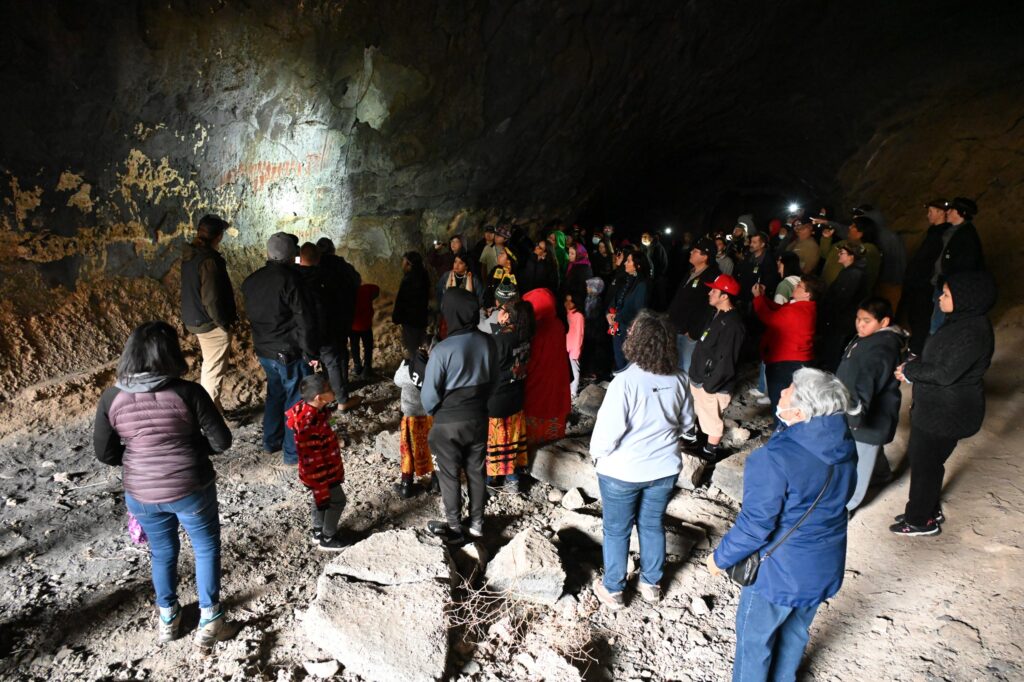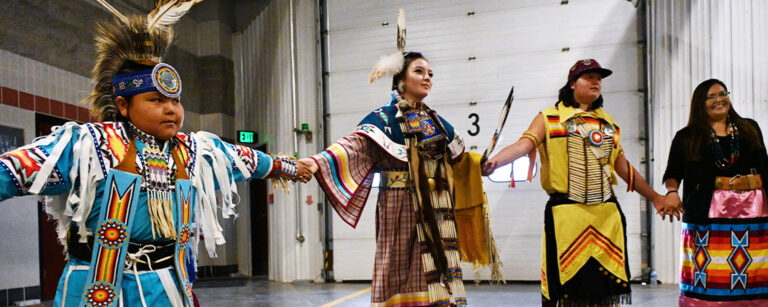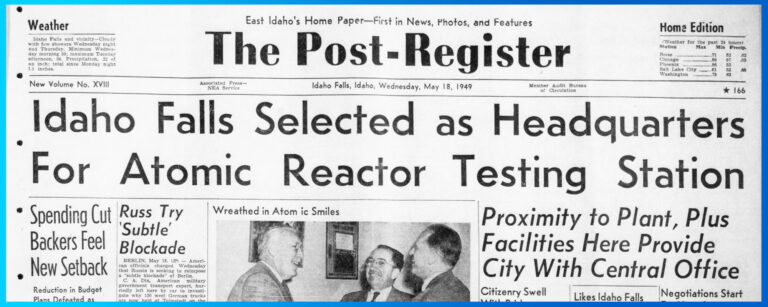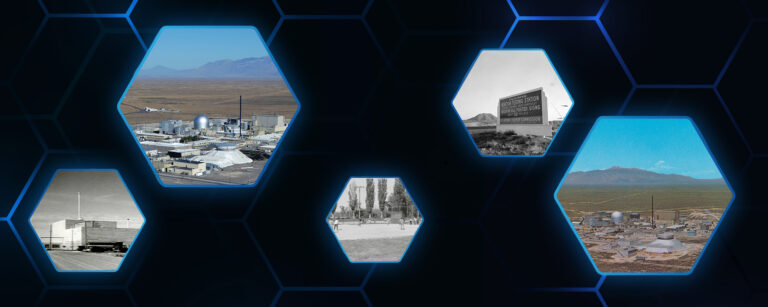History of INL
Celebrating 75 years of science and engineering
Our History
Employees of Idaho National Laboratory today understand the debt we owe those who came before us. The work we do in support of our clean energy and national security missions is built upon the research and development foundation established by our predecessors over seven decades of achievement.
Browse the interactive timeline below to learn more about our history and some of our notable research achievements and accomplishments from the past, present and future.
Historic Photos and Videos
Browse photos and videos from the earliest days of the National Reactor Testing Station and learn more about our past research and how it’s shaping the future.
Then and Now: Research Campuses and Facilities
- ATR
- CFA
- EBR-I
- MFC
- REC
- SMC
Advanced Test Reactor
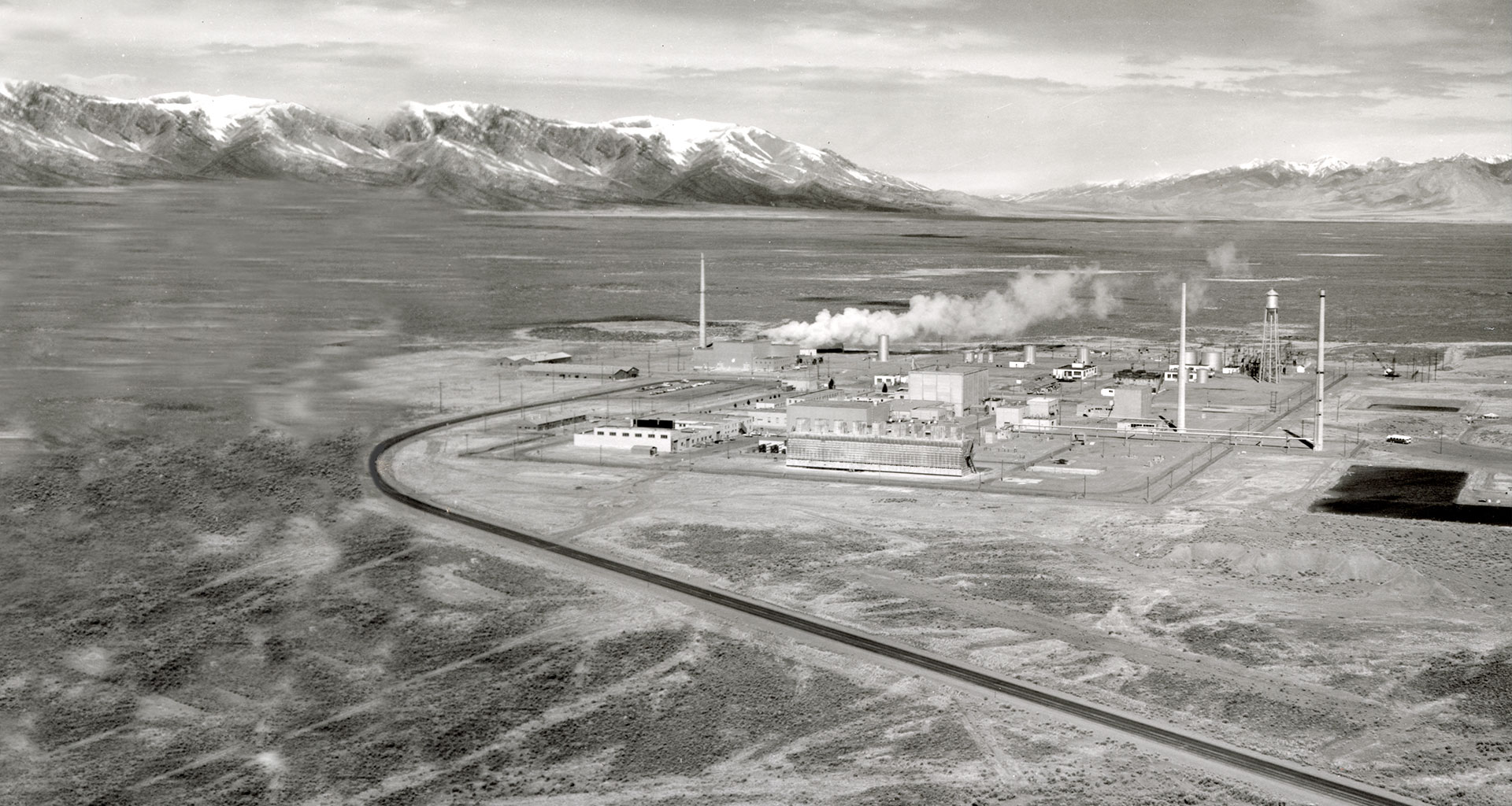
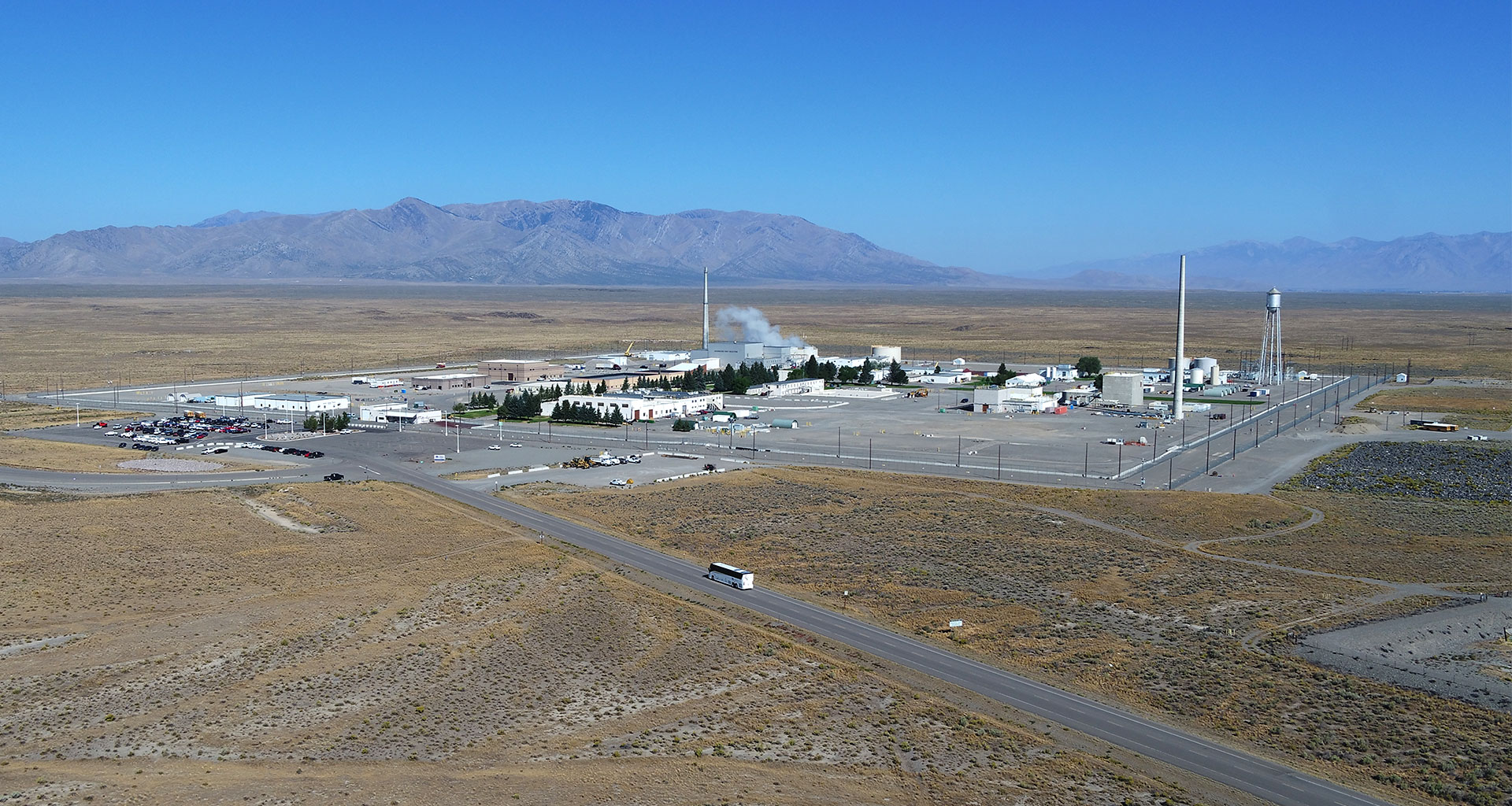
1969 – today
Central Facilities Area
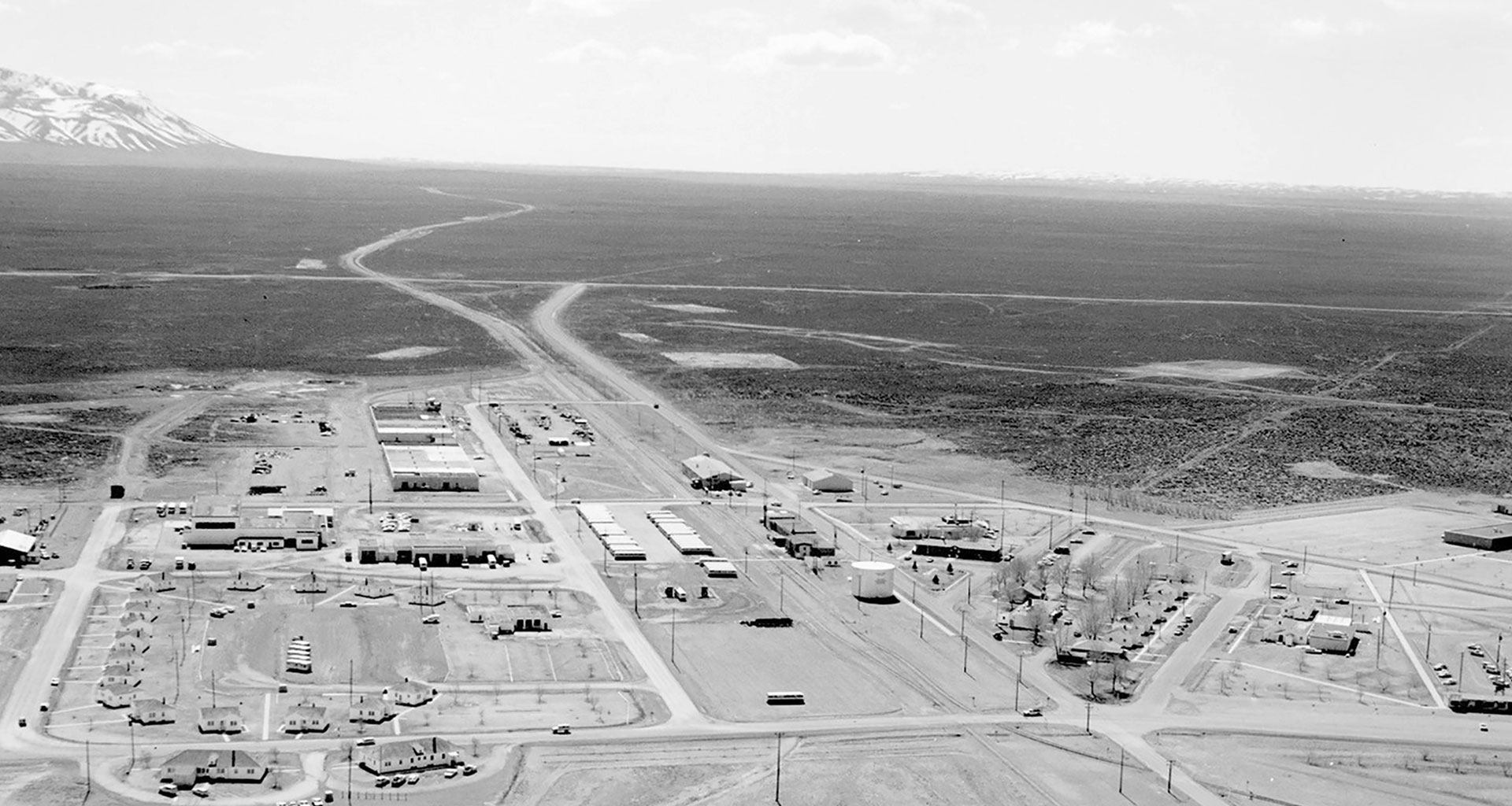

1967 – today
Experimental Breeder Reactor-I
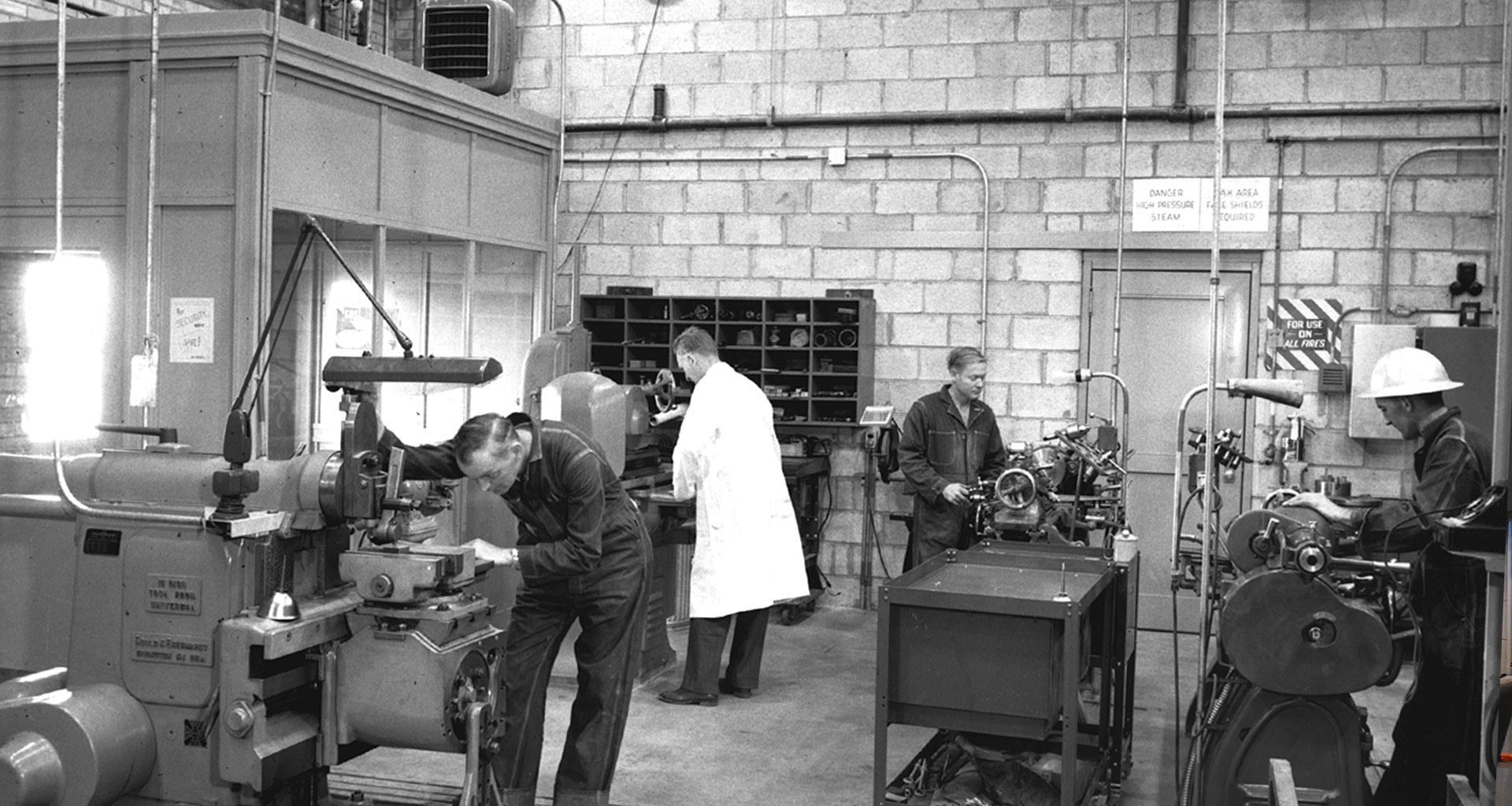
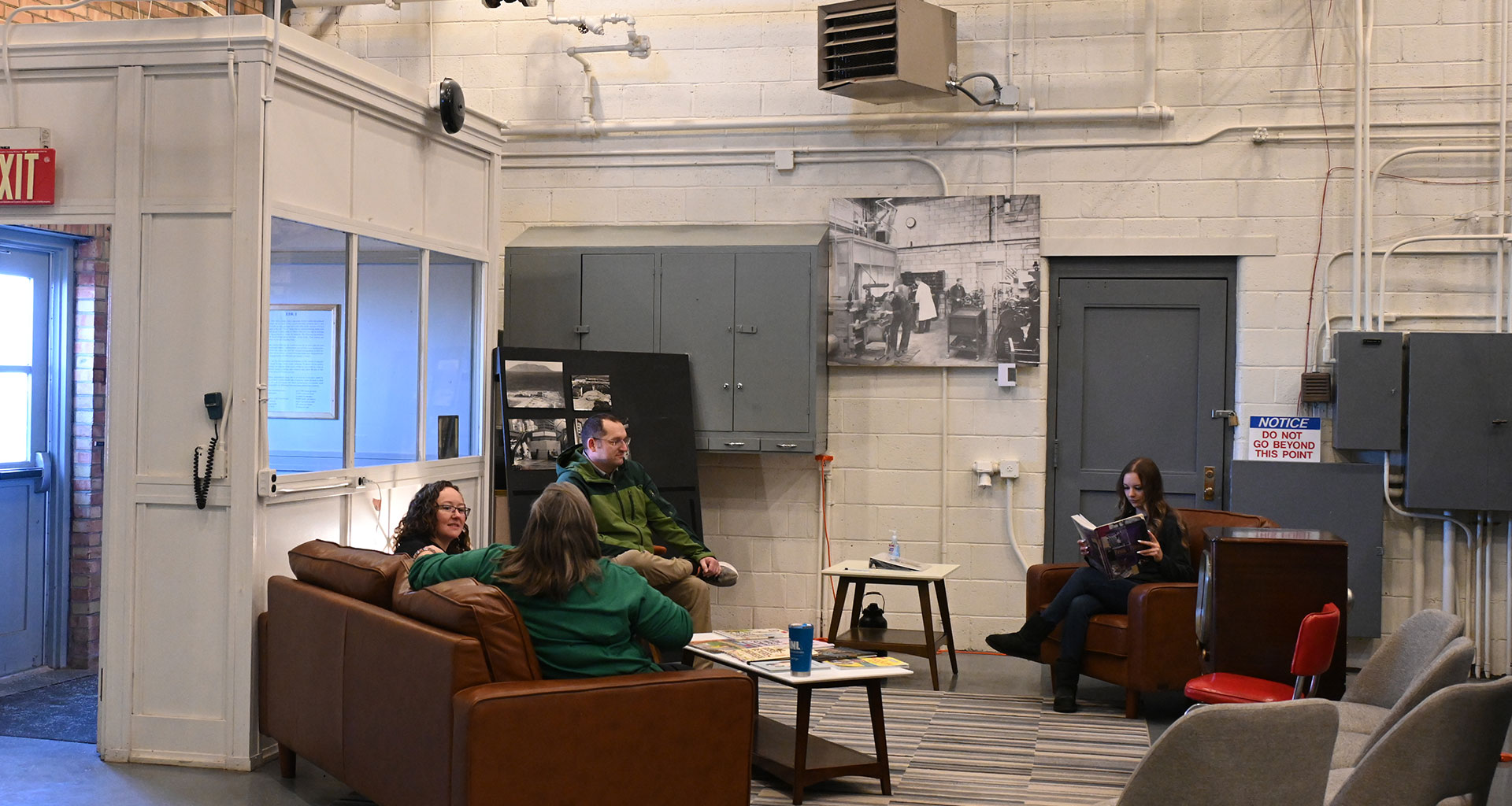
1951 – today
Experimental Breeder Reactor-I (EBR-I) made history on Dec. 20, 1951, when for the first time, atomic energy produced more electricity than it consumed and powered four lightbulbs. Today, EBR-I’s legacy lives on as National Historic Landmark and museum where visitors can learn about its impact and is the only place in America you can see four nuclear reactors — including two aircraft nuclear propulsion prototypes, a reactor control room and much more. The facility’s former machine shop now serves as an entryway to the museum.
Materials and Fuels Complex
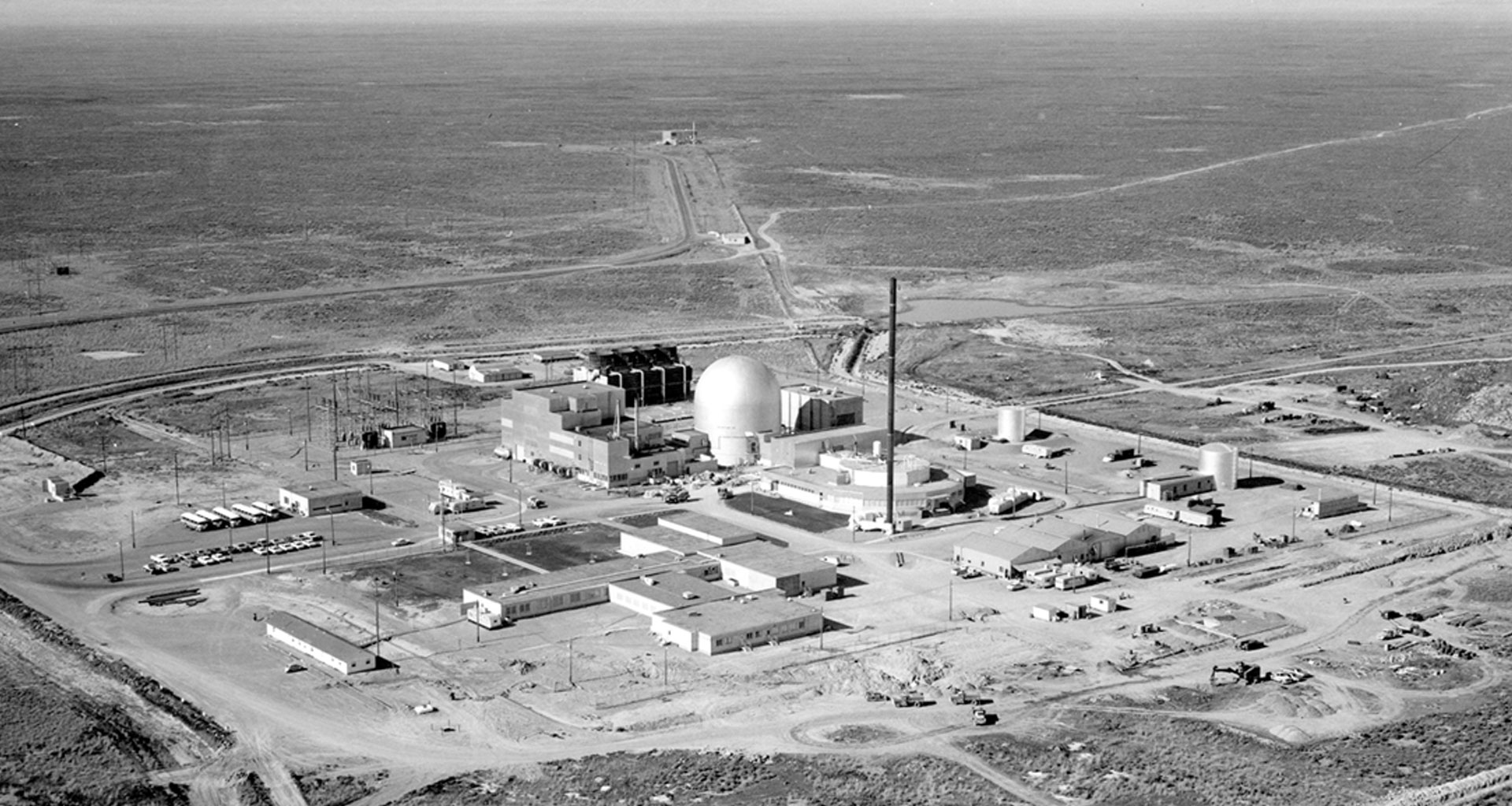
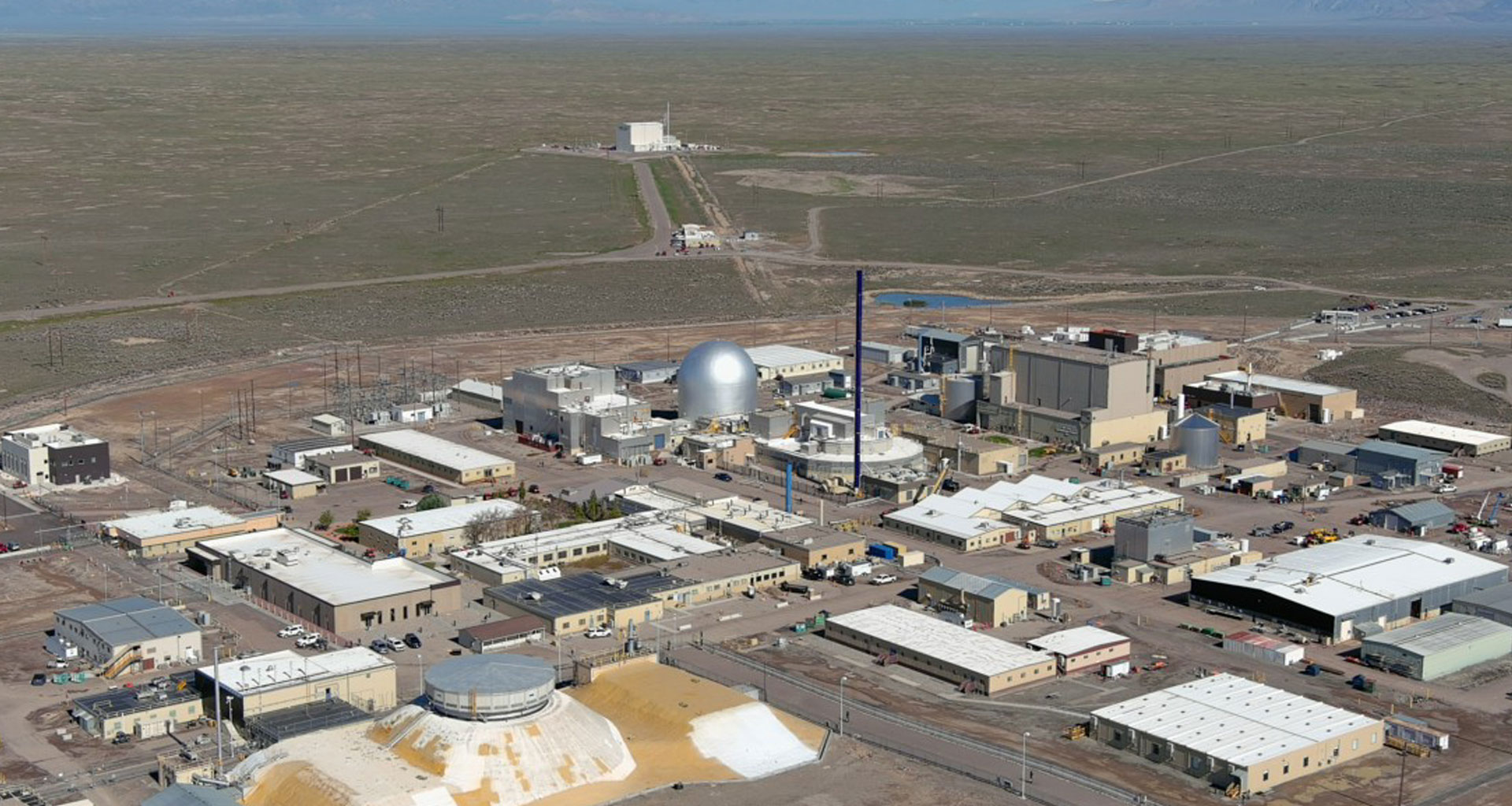
1963 – today
Since 1961, the Materials and Fuels Complex (MFC) has been a prime testing center for advanced technologies associated with nuclear energy power systems. MFC contributes significantly to the development of increasingly efficient reactor fuels and the important work of nonproliferation.
Research and Education Campus
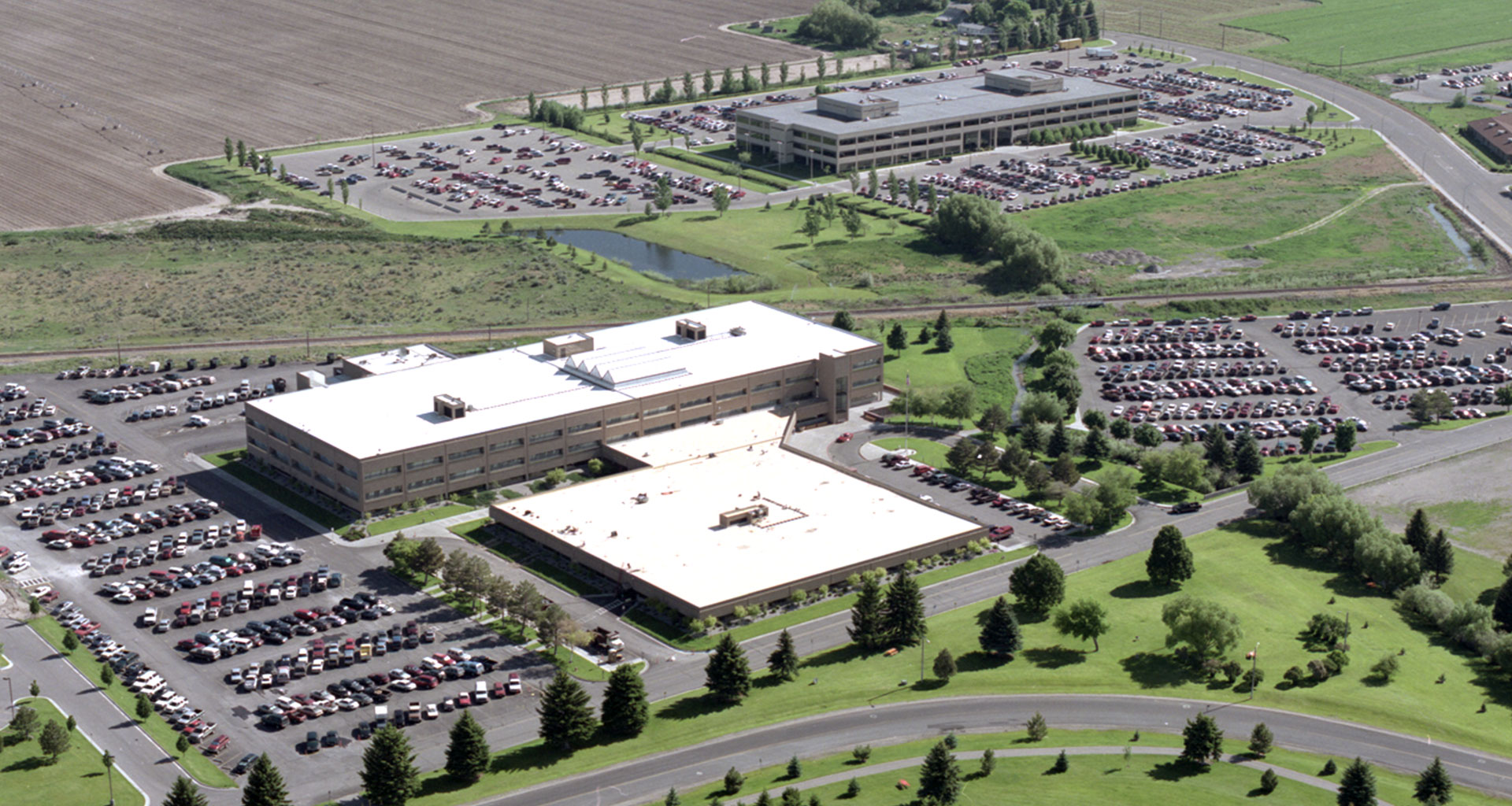
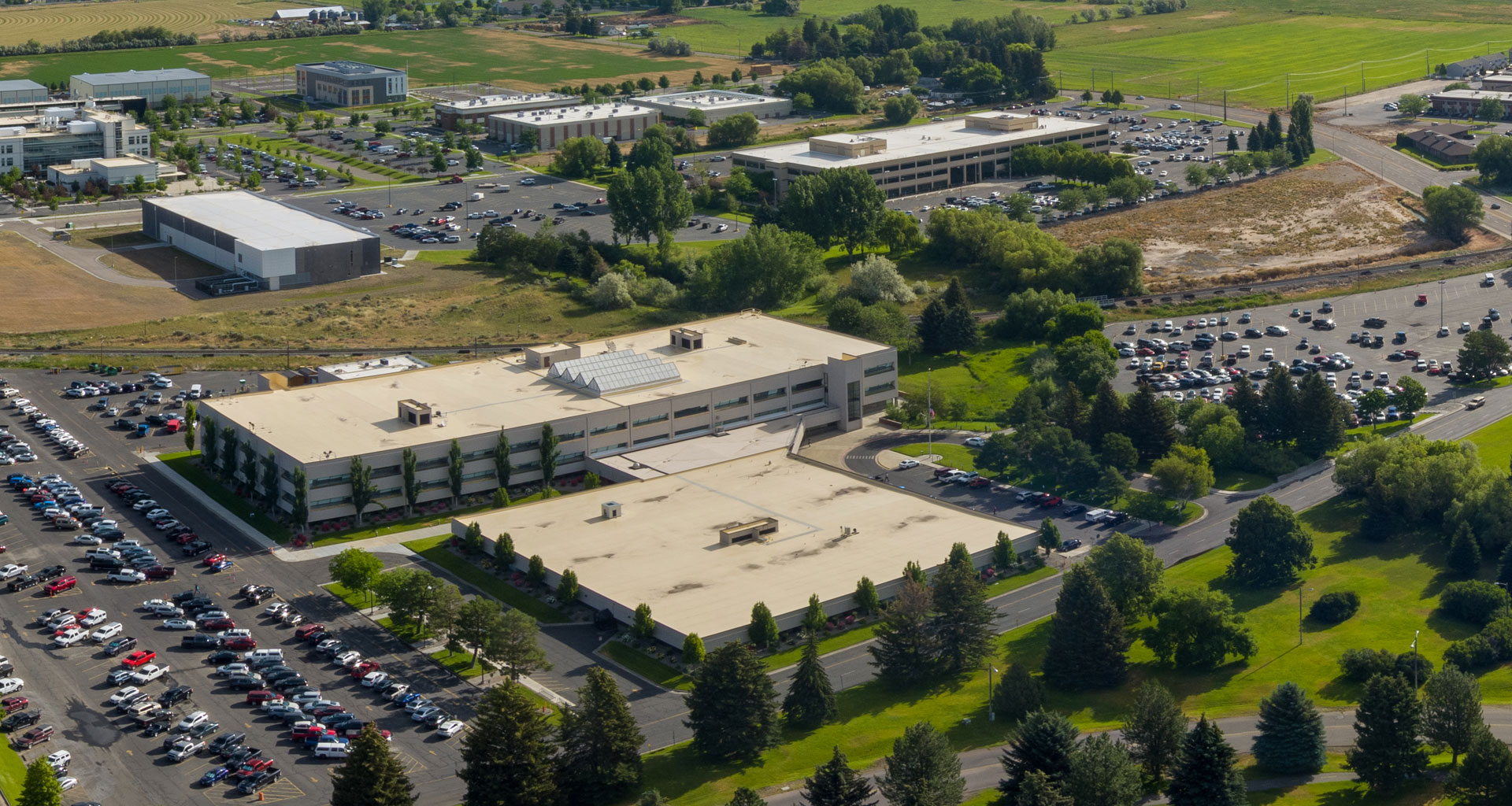
1999 – today
Specific Manufacturing Capability
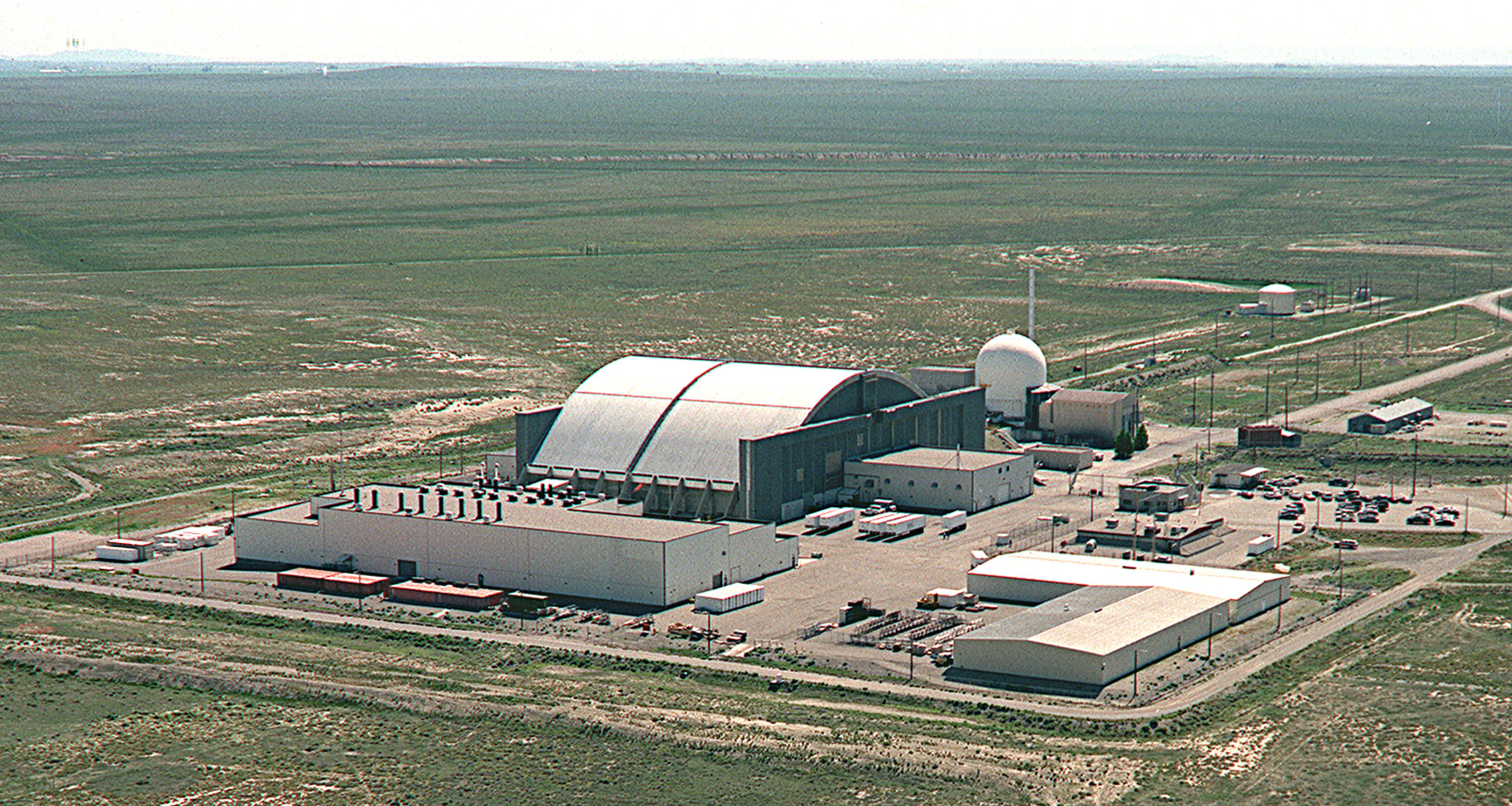
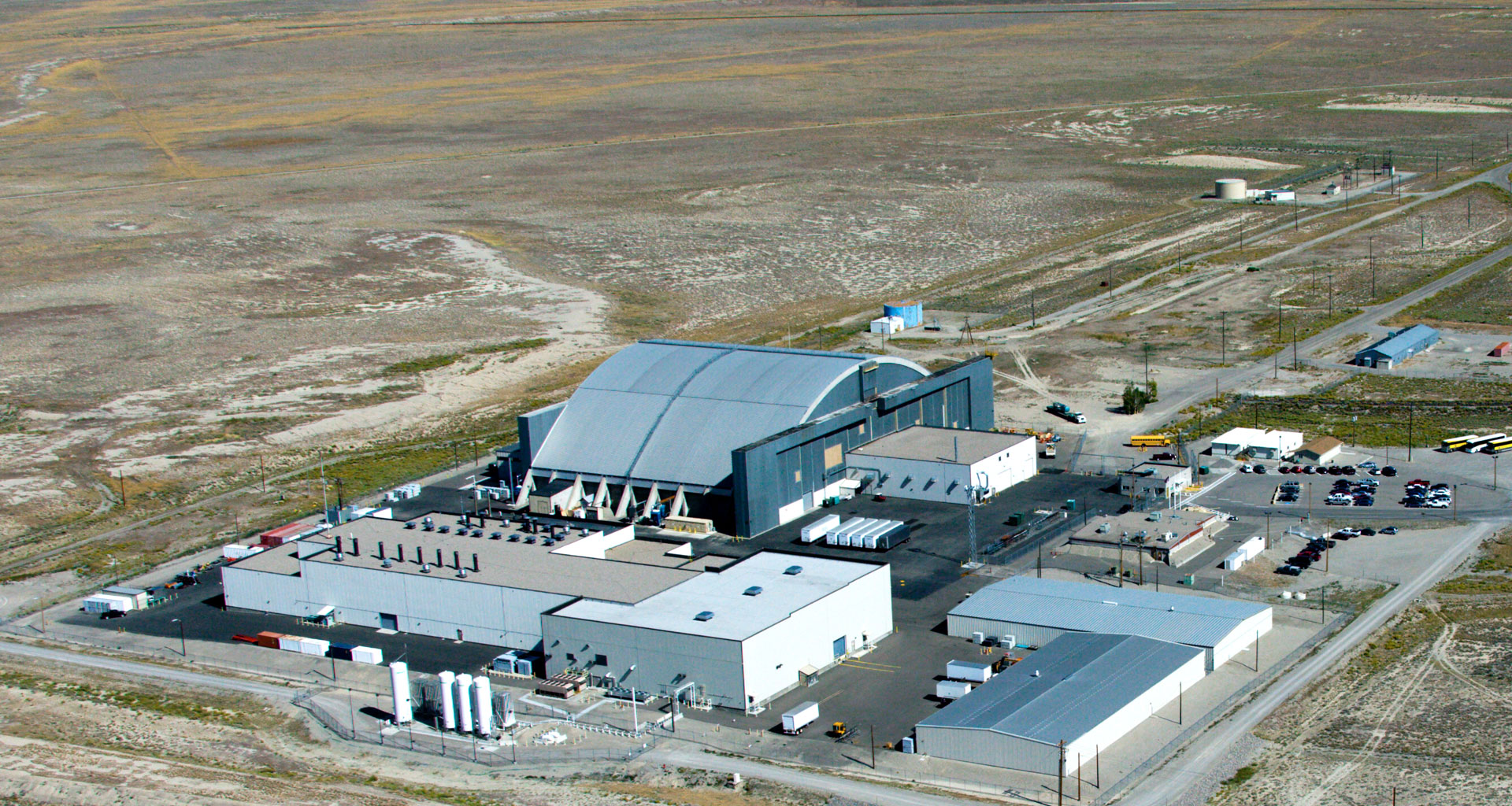
1999 – today
Idaho's 52 Reactors
Since 1949, 52 reactors have been built and operated on INL’s 890-square-mile site. Although names at the site changed over the years, nearly every operating reactor in the world has technological roots in Idaho.
Stories from the Past
Discover the history of groundbreaking research, the unearthing of prehistoric archaeological relics and the stories of the people that helped make it all possible.
Editor’s note: This story is partially adapted from a Tribal historical write-up titled “The Shoshone-Bannock...
In Idaho Falls’ 159-year history, it would be hard to dispute the importance of May...
IDAHO FALLS, Idaho — Idaho National Laboratory has a long and rich history, dating back...
Protecting and Preserving Cultural Resources
The success of INL’s missions are underpinned by a commitment to safeguarding the rich history of the land it occupies. As such, INL’s Cultural Resource Management Office works closely with the Shoshone-Bannock Tribes and the Idaho State Historic Preservation Office to preserve cultural resources representing 13,500 years of human use on the 890-square mile site.
